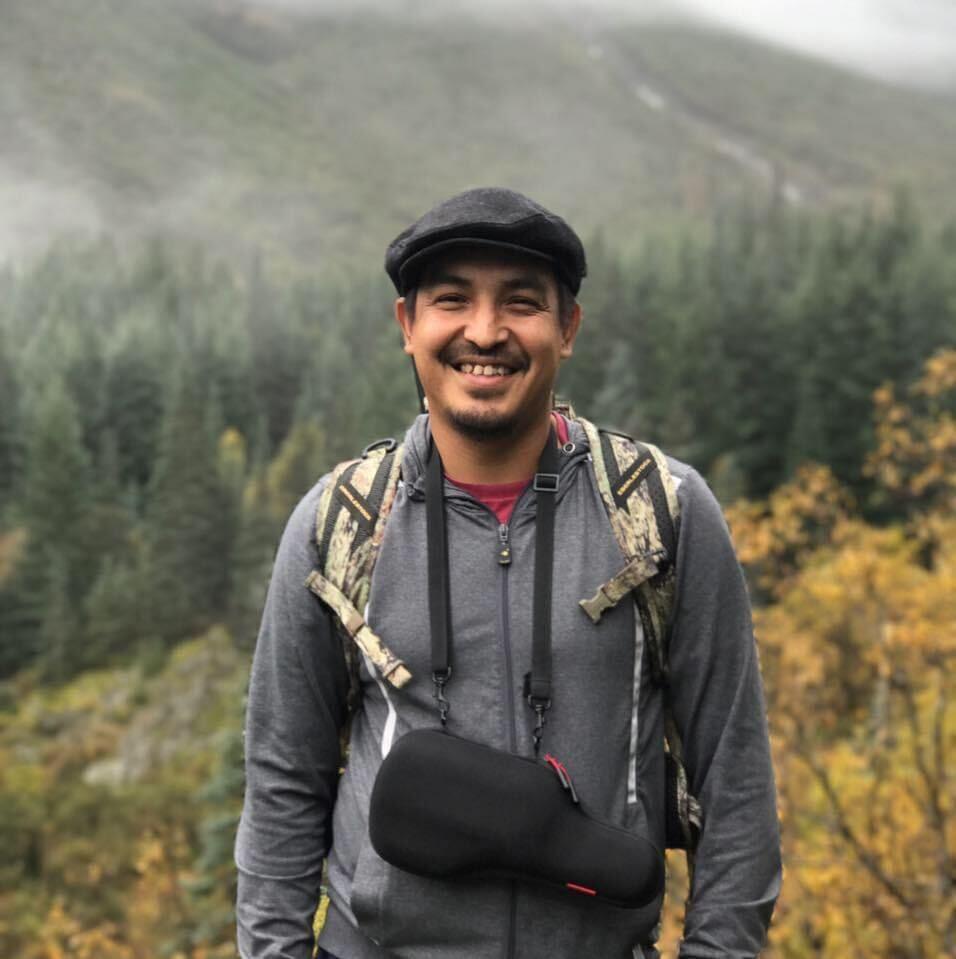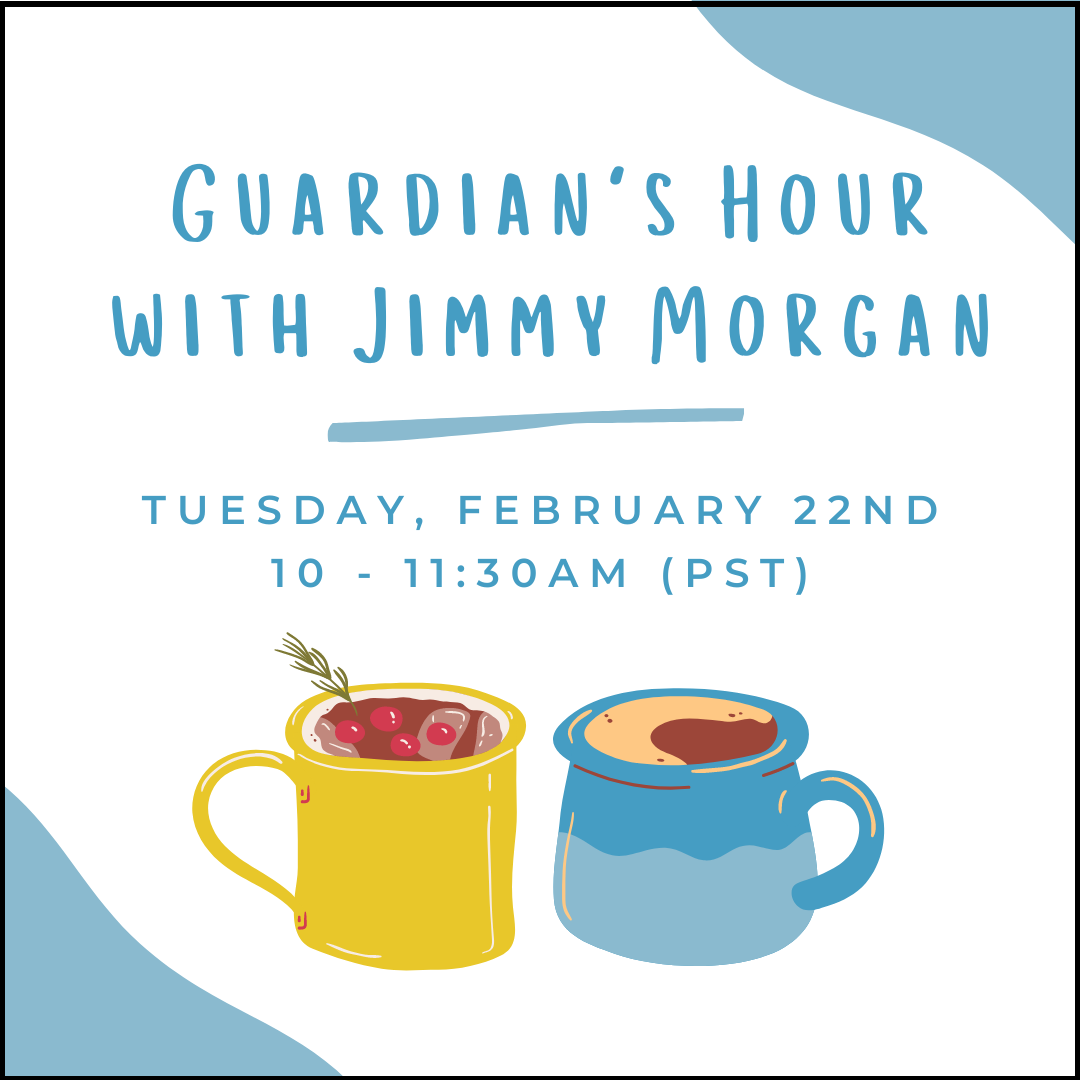“There's just so much we can learn from Guardians” – In Conversation with Guardian and TST Facilitator Jimmy Morgan (H’lik)

James (Jimmy) Morgan / H'lik is the lead Guardian and field supervisor for the Gitanyow Lax'yip Guardian program and is a facilitator for the Indigenous Guardians Technical Support Team (TST). This conversation was facilitated by TST Community Engagement and Communications Coordinator, Emily Diemert, and has been edited for length and clarity.
----------------------------------------------------------------------------------------------------------------------------
To start, can you tell us a little bit about yourself?
My name is James Morgan, everybody knows me as either Jimmy or H’lik which is my Gitxsan name meaning squirrel. I was given that name about 10 years ago, from my Lax-skiik (Eagle) tribe. I like the name because it compliments my job being on the land all the time, doing data collection, and then storing that data.
I’m the Lead Guardian for the Gitanyow Lax’yip Guardians Program, a facilitator for the Indigenous Guardians Technical Support Team, and I’m also a member of the First Nations-Federal Pilot Joint Working Group on Guardians (JWG). I've been a Guardian officially for about seven years, but I’ve been doing Guardian work for over 13 years—meaning I've done fisheries work and wildlife work, and now wildlife monitoring. Before that I did hydrology, construction monitoring and really whatever I could help Gitanyow with on the territory at the time.
Can you tell us a bit about your territory (Gitanyow)?
Gitanyow territory is governed by a Hereditary Chiefs system, meaning within Gitanyow there are two clans (Pdeek)—the Frogs and the Wolves—and within the clans there are four house groups (Wilps) making up eight house groups altogether. Each Wilp governs a section of Gitanyow territory according to their culture and traditions. Each Wilp decides how their section of the territory is managed (like when hunting season begins and ends in their area). We have wildlife updates and meetings with the Chiefs every 1-2 months where we answer questions about what’s happening on the territory. It really helps us as Guardians because that leadership shapes and guides the work we do in each part of the territory.
How did you become a Guardian?
When I first started with fisheries, our Hereditary leadership was already sending people out onto the land about twice a week just to try and figure out who was on the territory and what was going on on the land. Those were the main questions they were trying to answer. These trips slowly turned into a moose monitoring and permitting program and from there we realized that we needed something official and the Gitanyow Lax’yip Guardians Program was established. I signed up to be an official Guardian in 2015, and the program has grown so much since then. We have three Guardians, a biologist, and this year we have a Guardian helper. I'm hoping that we can have some youth Guardians in the future too!
“We [Guardians] always hear that we're the eyes and ears of our programs and territories, but I always say that we're also the face when we're out there [on the land] because we're the ones that people see when we're out on the territory…”
What is an important Guardian skill that you think would surprise people?
Having good communication skills. Guardians act as an authority figure for their Guardian program and on their territory, but to do that you have to be able to communicate with resource users, visitors, and community members clearly. We [Guardians] always hear that we're the eyes and ears of our programs and territories, but I always say that we're also the face when we're out there [on the land] because we're the ones that people see when we're out on the territory, we're the ones who deliver our leaderships instructions and information, and that message has to be delivered clearly and properly.
So Guardians aren't just the eyes and ears of your territory, but in many ways are also the face and voice. That's a big responsibility.
And a lot of people don't understand that your role as a Guardian doesn't really turn off. It could be any time of day and you might get a question where you have to shift into ‘Guardian mode’.
What is one of your favorite parts of Guardian work?
I really enjoy creating friendships and networking, just letting people know about Gitanyow, conversing with resource users—that’s quickly become my favorite part of the job. I think at least one person on your Guardian team needs to really love communicating with people. That way your program’s message gets shared clearly and properly and the other Guardians can see and learn from your example.
I'm still learning and it's tricky because I’m not in the field as much these days, but when my Guardian team checks in and asks for input on what’s happening in the field—“Should we go talk to those guys? Should we just leave them alone?”—it's pretty cool that I get to give them tips and pointers on what to do, what not to do, and how to stay safe in the field on the daily.
How does your experience as a Guardian enrich the work you do with the TST?
As a facilitator, I provide a lot of support to Indigenous Guardians and their program leadership during one-on-one meetings, workshops, and webinars. I’m available to answer questions and offer insight from the perspective of someone currently doing Guardian work in the field.
“Many of the Guardians and Guardian managers that we’ve spoken to have shared that Guardian work is in their blood and in their culture—so they’ll always find a way to keep doing the work.”
What is a highlight of working as a facilitator?
Seeing the growing number of new Guardian programs. Regardless of funding, these programs always seem to find a way to keep doing the work. Many of the Guardians and Guardian managers that we’ve spoken to have shared that Guardian work is in their blood and in their culture—so they’ll always find a way to keep doing the work. It's also really awesome to see so many young people in Guardian positions who are pushing these programs forward. I think it’s just brilliant.
You’re leading a new initiative in January 2022 called Guardian’s Hour—a free monthly, drop-in event for Indigenous Guardians to share about their work in the field. Why is it important for Guardians to have a space to speak with each other, Guardian-to-Guardian?
It’s valuable for Guardians to be able to talk to each other directly and ask “What do we need help with? What do we want to learn from each other?”. Guardians know the work the best, so creating a space for them to talk is a chance to start filling in some knowledge gaps about what’s needed on the ground. There's just so much we can all learn from Guardians.
Being a Guardian myself, I've been passionate about Guardian’s mental wellness for a while. Most people don't really have the time or opportunity to reflect on certain things because they’re already concentrating on something else (like their job or other responsibilities). When you become a Guardian you spend a lot of time in solitude on your territory and that gives you an opportunity to think about things you might not have had space to think about before. We want Guardians to be able to talk about that part of the work too and be able to share it with people who understand what that is like.
With that being said, let’s hear from you and other Guardians on the land!
----------------------------------------------------------------------------------------------------------------------------
Guardian’s Hour will begin Tuesday, February 22 from 10-11:30AM (PST).

Interested in participating? Register here.
Want to share this event? Click here to download our digital flyer.